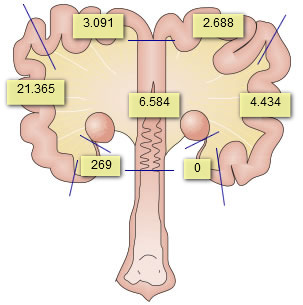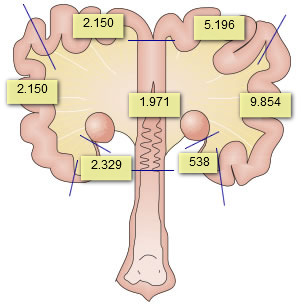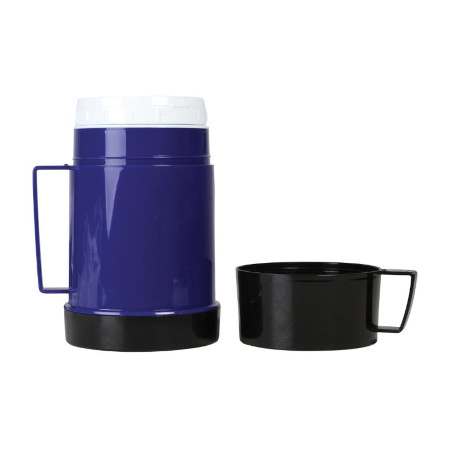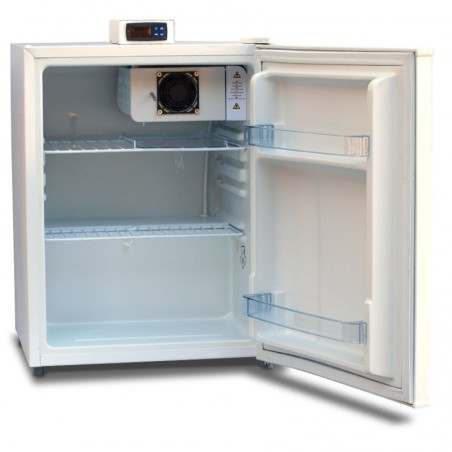To assess the possible applications of encapsulated semen in artificial insemination (AI), the behaviour of semen doses from ejaculates, which were processed to obtain encapsulated (E) and non-encapsulated (NE) semen, were compared at different stages of this technique (Sánchez-Sánchez et al., 2014).
In a first study, the keeping qualities of refrigerated doses at 15 °C were compared in both groups over a storage period of five days: no significant differences were seen when comparing the seminal parameters evaluated.

One of the most interesting properties that encapsulated semen can contribute is the sequenced release of sperm cells from the capsule. To evaluate this process in vitro, samples from both groups (E and NE) were subjected to the modified swim-up technique, and sperm cells concentration reached at the top of the container where the samples were cultured for 7 hours at 37 ºC were assessed. A higher sperm concentration was already observed during the first few hours of culture in the NE group, whereas hardly any sperm cells could be seen in the E group. The NE group shows a high concentration, which falls sharply, remaining fairly stable and decreasing considerably in the last 3 hours. However, the E group initiates a much more modest rise of the concentration, reaching a peak (not as obvious as in the NE group), followed by a stabilization and higher concentration in the last 3 hours compared to non-encapsulated semen.
In order to perform a study of the behaviour of encapsulated semen doses in the genital tract of the sow, the oestrus of a group of 6 sows were synchronized. The seminal doses were prepared from a single ejaculate, which was processed to obtain E and NE semen doses with a concentration of 3 × 109 sperm cells and a volume of 95 ml per insemination dose in both cases. The NE group received 2 inseminations per sow, while the E group received a single insemination (concurrent with the last insemination of the NE group.) The sows were slaughtered after 8 hours, and distribution of sperm cells in the genital tract (Figure 1) was assessed.
Figure 1.- Presence of sperm in the genital tract of sows after 2 inseminations (non-encapsulated semen) and a single insemination (encapsulated semen) (Sánchez-Sánchez et al., 2014.)
 Inseminations with non-encapsulated (NE) doses 2 inseminations per sow |
 Inseminations with encapsulated (E) doses Inseminations with encapsulated (E) doses 1 insemination per sow |
||
| Left side | Right side | Left side | Right side |
The sows that received two inseminations with NE semen retained a higher number of sperm cells in the cervix and corpus uteri areas. Surprisingly, a larger amount of sperm cells is seen in the oviducts of both sides of sows inseminated with encapsulated (E) semen, even though this group received a single insemination.
The reproductive results from the inseminations performed with the two types of semen doses were different depending on the farm (Table 1.)
Table 1.- Results of inseminations performed with encapsulated semen doses. (Sánchez-Sánchez et al., 2014.)
| AI type | No AIs/sow | Group | n | % Fertility | Litter size | |
| Farm 1 | Traditional AI | 2 | NE | 9 | 77.78 | 13.57 ± 2.64 |
| 2 | E | 10 | 90.00 | 14.89 ± 2.26 | ||
| Post-cervical AI | 2 | NE | 10 | 100.00 | 12.90 ± 1.91 | |
| 2 | E | 7 | 85.71 | 13.17 ± 1.76 | ||
| Farm 2 | Post-cervical AI | 2 | NE | 64 | 85.94 | 11.63 ± 0.33 |
| 2 | E | 39 | 76.92 | 12.31 ± 0.47 | ||
| Farm 3 | Traditional AI P=0.056 |
2 | NE | 34 | 94.12 | 14.15a ± 0.61 |
| 1 | E | 40 | 82.50 | 12.48b ± 0.60 | ||
| Farm 4 | Post-cervical AI | 2 | NE | 16 | 87.50 | 13.36 ± 0.80 |
| 1 | E | 16 | 81.25 | 12.38 ± 0.73 | ||
| 2 | E | 16 | 81.25 | 13.46 ± 0.83 |
The system used in farm 1 was traditional and post-cervical insemination, with 2 inseminations per sow. An improvement in litter size was observed when encapsulated semen doses were used in both insemination systems.
On farm 2, only the post-cervical technique was used, with 2 semen doses per sow. An improvement in litter size and a decrease in fertility were observed in the group of sows that were inseminated with encapsulated semen.
The method used on farm 3 was traditional insemination, applying two inseminations per sow when using non-encapsulated semen, and a single insemination per sow when using encapsulated semen. The results for both reproductive parameters were lower when a single insemination with encapsulated semen was applied.
Post-cervical insemination was used on farm 4. The group of sows inseminated with encapsulated semen doses was divided into two depending on the number (one or two) of inseminations per sow. Fertility improved in sows inseminated with non-encapsulated semen, and litter size decreased when sows were inseminated with a single insemination of encapsulated semen.
Conclusions
Semen encapsulation is offered as a new method, which can improve various processes involved in the artificial insemination technique. Tests performed in vitro have shown no significant differences in the semen parameters evaluated during storage of cooled semen at 15 °C. Furthermore, the system designed allows a slow and sequenced release of sperm cells from the matrix of the capsule, at temperatures of 38 °C.

In in vivo tests, we can see an increased sperm cells concentration at the site of fertilization in the genital tract of sows inseminated with a single insemination of encapsulated semen, compared to sows that received two doses of non-encapsulated semen. Reproductive results obtained from inseminations performed in different farms have shown to be poorer in sows inseminated with a single dose of encapsulated sperm, compared to sows inseminated twice with non-encapsulated doses.
However, in the groups where two inseminations / oestrus were performed, litter size was higher in those sows inseminated with encapsulated semen in all farms.







